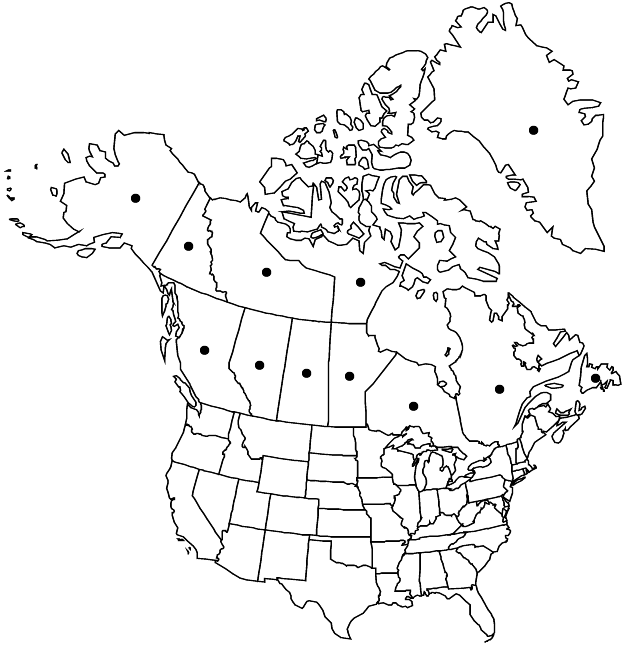Difference between revisions of "Rhododendron tomentosum"
Ann. Bot. Fenn. 27: 204. 1990,.
FNA>Volume Importer |
FNA>Volume Importer |
||
| Line 7: | Line 7: | ||
}} | }} | ||
|common_names=Labrador or trappers tea | |common_names=Labrador or trappers tea | ||
| − | |basionyms={{Treatment/ID/ | + | |basionyms={{Treatment/ID/Basionym |
|name=Ledum palustre | |name=Ledum palustre | ||
|authority=Linnaeus | |authority=Linnaeus | ||
| + | |publication_title=Sp. Pl. | ||
| + | |publication_place=1: 391. 1753, | ||
}} | }} | ||
|synonyms={{Treatment/ID/Synonym | |synonyms={{Treatment/ID/Synonym | ||
| Line 67: | Line 69: | ||
|publication year= | |publication year= | ||
|special status= | |special status= | ||
| − | |source xml=https://jpend@bitbucket.org/aafc-mbb/fna-data-curation.git/src/ | + | |source xml=https://jpend@bitbucket.org/aafc-mbb/fna-data-curation.git/src/f6b125a955440c0872999024f038d74684f65921/coarse_grained_fna_xml/V8/V8_898.xml |
|subfamily=Ericaceae subfam. Ericoideae | |subfamily=Ericaceae subfam. Ericoideae | ||
|genus=Rhododendron | |genus=Rhododendron | ||
Revision as of 20:31, 24 September 2019
Shrubs, to 0.5 m, rhizomatous. Stems creeping or prostrate; bark ± smooth; twigs unicellular-hairy and with flattened, glandular scales, scales often obscured by dense, ferruginous, long-crisped, multicellular hairs. Leaves persistent, (fragrant when crushed); petiole with unicellular and/or peltate scales and, sometimes, ferruginous, long-crisped hairs; blade ± linear, 2–5 × 1–4 cm (often much longer than wide), coriaceous, margins entire, revolute, glabrous, apex acute, abaxial surface with sparse to dense, glandular-peltate scales without broad rim, scales often obscured by dense (to sparse), ferruginous, long-crisped, multicellular hairs sometimes forming dense, ± uniform mat, adaxial surface rugose with scattered, lepidote scales and sometimes also with white, unicellular hairs along impressed midrib, midrib usually lanate. Floral bud scales with lepidote scales and unicellular-hairy abaxially, margins unicellular-hairy. Inflorescences slightly rounded, 10–35-flowered; bracts lepidote abaxially, margins ciliate, long-crisped-hairy, sometimes also unicellular-hairy. Pedicels 5–26 mm, sparsely eglandular-hairy (hairs ferruginous, elongated), with ferruginous, long-crisped, unicellular and/or peltate scales, sometimes also long-stalked, multicellular glandular-hairy. Flowers radially symmetric, opening after leaves (of flowering shoots), ± erect, not fragrant; calyx lobes ca. 1 mm, outer surface densely to sparsely unicellular-hairy (hairs tan), and multicellular, stipitate-glandular-hairy (hairs red) on margins; corolla white to cream, without blotch, ± rotate, 2–8 mm, inner surface often densely unicellular-hairy, petals appearing distinct or only slightly connate basally, lobes 5–7 mm; stamens 10, exserted, ± equal, 4.4–8.5 mm. Capsules borne on apex of sharply recurved pedicels, 2.5–5 × 1–3 mm (only slightly longer than wide), with sparse to dense, lepidote scales, acropetally dehiscent. Seeds somewhat elongated beyond narrow ends; testa closely appressed. 2n = 26, 52.
Phenology: Flowering spring–summer.
Habitat: Bogs, muskeg, tundra, raised beach ridges
Elevation: 0-1800 m
Distribution

Greenland, Alta., B.C., Man., Nfld. and Labr. (Nfld.), N.W.T., Nunavut, Ont., Que., Sask., Yukon, Alaska, Europe, Asia.
Discussion
Selected References
None.